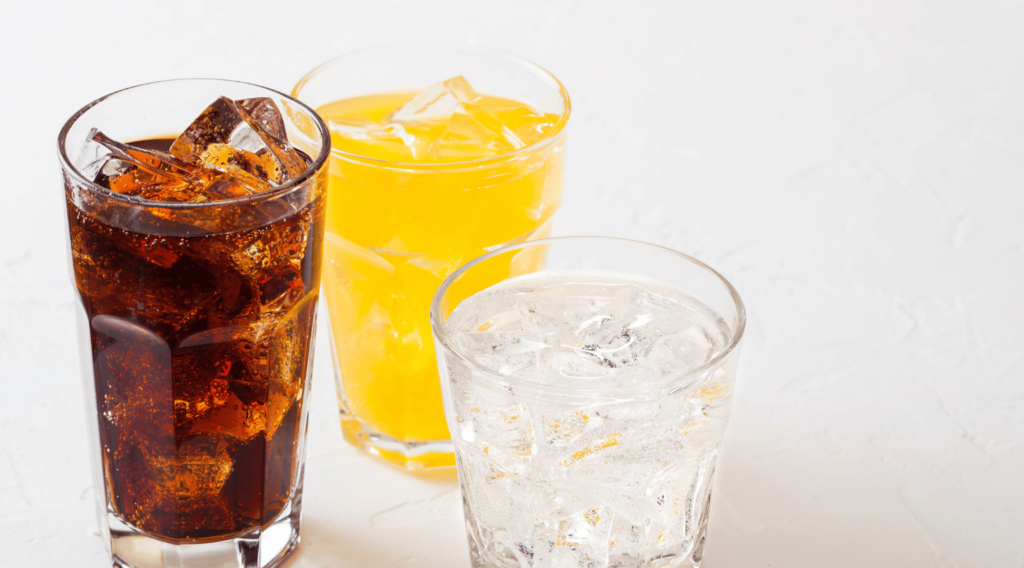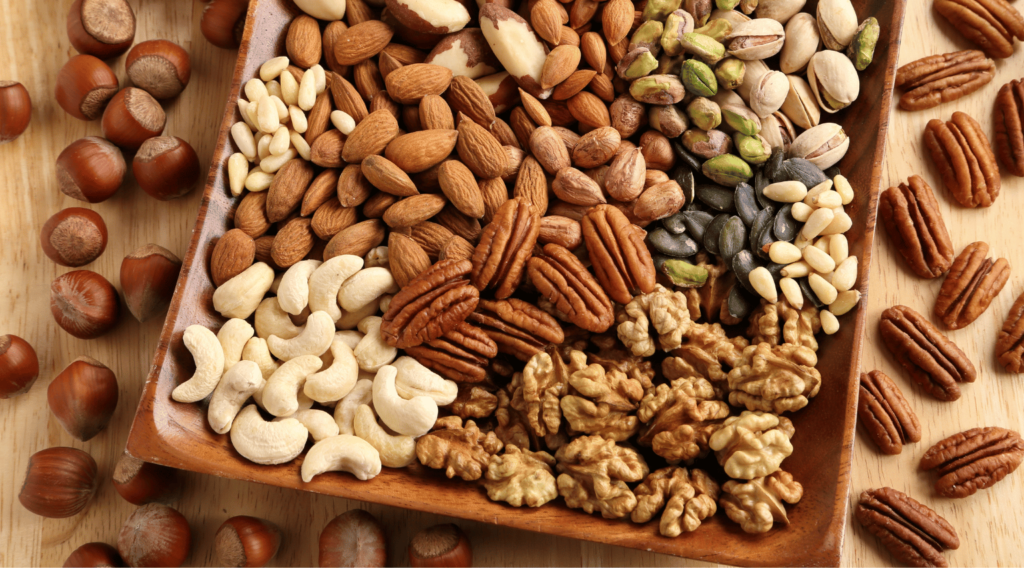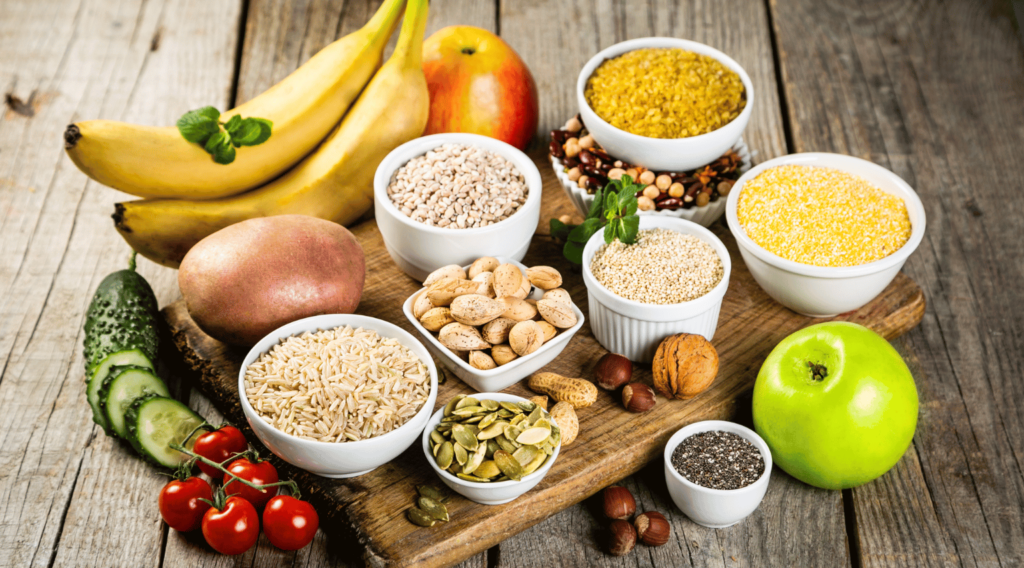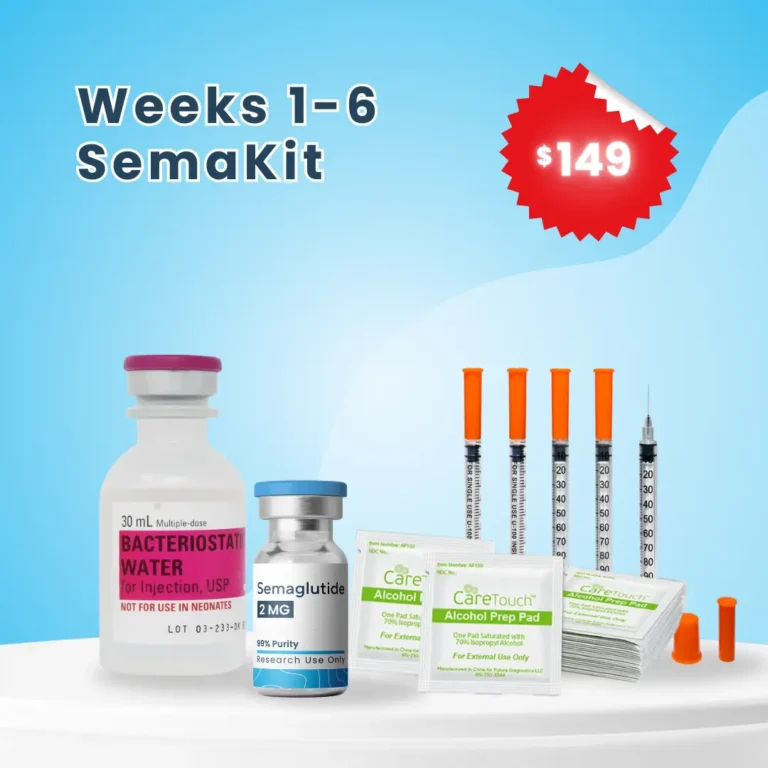A Nutritionist’s Guide to Ozempic: Foods to Avoid During Treatment

In 2023, Nestle announced that it would launch a new frozen food plan that is intended to be a companion for glucagon-like peptide 1 (GLP-1) weight loss medications like Ozempic and Wegovy. The company promises that the meals will be portion-aligned and provide essential nutrients for those who are suddenly eating less and shedding pounds.
Why is there a need for balanced nutrition on Ozempic? Are there certain foods that you should avoid while taking GLP-1 medications? Find out the answers to these questions and more in this informative guide.
Why Certain Foods May Trigger the Side Effects of Ozempic

To understand why certain meals may lead to an unpleasant feeling while on Ozempic, it’s important to know how this anti-diabetic medication works.
Most of these drugs contain semaglutide, an active compound that mimics GLP-1, a naturally occurring hormone in the gut. It reduces blood sugar and slows down digestion.
Due to reduced gastric emptying, food can take much longer to leave the stomach. This provides a feeling of fullness throughout the day, helping patients reduce their calorie intake.
Ozempic is a branded medication that contains the generic semaglutide. It can make it difficult to tolerate certain types of meals.
High-fat foods, for example, slow down the digestive system and lead to discomfort even if you’re not on anti-diabetic or weight-loss medication. Taking Ozempic can worsen the side effects as the meals hang around longer.
What Foods Should You Avoid While on Ozempic?

Although there is no such thing as an “Ozempic diet,” certain foods may cause discomfort and increase the severity of the side effects experienced while taking anti-diabetic and weight loss medications. These include the following:
Spicy Foods

If a patient is already suffering from acid reflux problems, spicy foods can further worsen their symptoms. Since anti-diabetic medications delay gastric emptying, it could lead to heartburn and regurgitation.
Fried or Greasy Foods

Greasy and fatty foods like pizza, cheeseburgers, doughnuts, fried chicken, and French fries may take time to digest. While breaking down in your stomach, they could further worsen the side effects of taking Ozempic.
Fatty foods stay longer in your digestive tract, increasing the risk of discomfort and an upset stomach. Since Ozempic delays gastric emptying, it can further aggravate these symptoms.
Sugary Foods and Beverages

Diabetic patients understand the importance of limiting sugary products. They do not produce much insulin, which can cause their blood sugar to spike.
Cakes, cookies, candies, sodas, and sweetened beverages are some examples of high-sugar foods that people on Ozempic should avoid.
An important point to note is that many store-bought products contain added sugar. These tend to raise blood glucose levels faster and higher than complex carbohydrates, such as whole wheat and oatmeal.
Always check the food labels to determine whether it is safe for you to consume.
Ultra-processed Carbohydrates

While you may have heard that carbohydrates are an essential part of a person’s diet, not all of them are good for you.
Refined carbohydrates, also referred to as “bad carbs,” undergo a manufacturing process that removes all of their goodness, including fiber, vitamins, minerals, and polyphenols.
Consuming refined carbohydrates, such as white pasta, bread, cakes, cookies, and pizza, doesn’t provide nutrition. In fact, these have a tendency to raise blood sugar, undermining the effectiveness of an Ozempic treatment plan.
Starchy Vegetables

To maintain a healthy diet, many nutritionists recommend incorporating a handful of vegetables into your meals. However, similar to carbohydrates, not all of them are good for you.
Vegetables containing high amounts of starch, such as potatoes, corn, and peas, can quickly raise blood sugar. This can create a challenging environment for Ozempic to work in.
The American Diabetes Association American Diabetes Association labels the following as non-starchy vegetables:
- Asparagus
- Beans
- Artichoke hearts
- Broccoli
- Cabbage
- Cauliflower
- Onions
- Tomatoes
- Turnips
Alcohol

Alcohol takes longer to digest than certain foods, which can irritate the stomach, and Ozempic delays gastric emptying, giving the alcoholic beverage more time to linger around. The combination of the two can lead to an upset tummy and nausea.
Another reason why you should avoid alcohol is because when your body processes alcoholic beverages, it stops releasing glucose, increasing the risk of low blood sugar (hypoglycemia). This can further exacerbate the effects of Ozempic, causing glucose levels to drop drastically.
What Foods Should You Eat While on Ozempic?

Always opt for meals that are less likely to irritate your stomach. High-fat foods, for example, are known to cause digestive issues and may upset your gut even if you’re not on Ozempic.
Whether you’re looking to lose weight or manage type 2 diabetes, here are some of the foods that you should incorporate into your diet while on semaglutide:
Lean Protein

When taking Ozempic, your appetite will be lower. Most patients don’t feel like eating, which can contribute to their weight loss. However, it can also result in nutritional deficiencies, leading to other medical problems.
While losing weight is essential for overweight patients, receiving the right kind of nutrition is crucial. Since overall meal portions while on Ozempic are small, you should consider incorporating lean protein to optimize nutritional intake.
Fish, chicken, beans, and tofu are high in protein and other essential nutrients, making them integral to your diet while on anti-diabetic and weight-loss medications.
Low-fat Dairy Products

Low-fat dairy products like milk, cheese, and Greek yogurt are easy on the stomach, making them an excellent addition to your meal plans. They are high in protein and vital vitamins, providing your body with the nutrition it needs while easing the side effects of Ozempic.
Seeds and Nuts

While fatty foods on GLP-1 medications are a big no-no, healthy fats are great for the heart and will keep your appetite in check. A handful of nuts is a fantastic calorie-dense snacking option that will make you feel full. However, it’s crucial to stick to the right serving size.
Low-glycemic Fruits and Vegetables

Fruits and vegetables with a low glycemic index, including leafy greens, apples, radishes, carrots, and tomatoes, can help Ozempic work faster in controlling your blood sugar.
What Foods Are Least Likely to Cause Side Effects While on Ozempic?

While there is a need for further research into the foods to avoid while on Ozempic, spicy, greasy, and high-sugar foods may exacerbate the side effects of this anti-diabetic and weight-loss medication. That said, experts do not recommend sticking to a particular diet, as anything working for one patient may not deliver the same results for another.
Due to the lack of research, many medical providers are hesitant to give specific examples. Instead, they prefer to speak more broadly. Experts believe that foods that contain too much fiber, protein, and fat are likely to cause side effects on Ozempic. This is because they are difficult to digest and reduce stomach emptying.
The best way to determine which meals should be part of your “Ozempic diet” is to look for those with a low glycemic index. These should keep your blood sugar steady without causing an adverse reaction.
Is There Any Food That Is Off Limits When on Ozempic?

Some patients may notice that certain foods are causing or exacerbating the side effects of Ozempic. While they may cut down on those, it may adversely impact the nutrition their body needs to function properly. This is one of the major reasons why medical providers do not recommend following a restrictive diet.
Balanced nutrition is essential for overall health and weight loss. Cutting down on foods that are high in fiber, protein, or healthy fats may lead to deficiencies, which can create further medical problems.
When taking Ozempic, it’s crucial for patients to work with an experienced medical professional and a skilled nutritionist.
An obesity-trained physician can administer the injections and closely monitor the patient’s vitals. At the same time, a registered dietitian will assess the foods that are causing digestive problems and help develop a balanced nutrition strategy.
Although the input of an experienced medical professional is essential, it’s equally important for the patient to pay attention to how certain foods make them feel. By discussing this with your doctor, you can actively participate in the shared decision-making process.
A great rule of thumb is to think about all of those foods that give you an upset stomach while you’re not on Ozempic. They will cause issues when you start taking the anti-obesity medication.
Another thing to remember is that if you’re not used to certain foods that are high in fiber, including fruits and vegetables, consuming them while on Ozempic may lead to bloating, constipation, or loose bowels.
Tips to Reduce Gastrointestinal Upset While on Ozempic
Determining the meals to avoid while on Ozempic can be challenging, as each person is unique, and their body may react to the medication or certain foods in a different way.
Here are a few tips that you should follow to reduce gastrointestinal (GI) upset during your weight loss treatment:
Alter Your Eating Habits
According to many expert nutritionists, eating your meals slowly, chewing them well, and stopping immediately when your brain tells you to can help ease the side effects of certain foods while on Ozempic. Moderation is key.
Stay Hydrated
If you’ve had fatty or spicy foods during your Ozempic treatment, it could worsen the symptoms of this anti-diabetic medication. Drinking plenty of fluids throughout the day is the best way to fight nausea. Staying hydrated can help combat some of the side effects of this injectable drug.
While you can choose to drink water, iced ginger tea or any cold sugar-free beverage can bring some calm to your digestive system and ease the symptoms.
Walk After Meals
Although certain foods should be avoided while on Ozempic to prevent GI upset, stomach issues may follow even if you’re careful, especially if you lay down after meals. Whenever you’ve had your fill, stop eating and take a quick walk. The physical activity combined with fresh air can help ease the unpleasant feeling.
Follow the Directions
Whether you’re taking Ozempic to lose weight or combat type 2 diabetes, it’s important to follow the administration instructions, which are typically mentioned on the back of the box.
Semaglutide, for example, is an injectable that can be taken without food, while Rybelsus (semaglutide in pill form) must be administered on an empty stomach.
Final Thoughts on Foods to Avoid When Taking Ozempic

While adequate fluid intake, eating slowly, and following the directions on the medication’s box can help ease the side effects of Ozempic, there is still a need for further research into the impact of certain foods on anti-diabetic and weight loss medications.
An experienced obesity medicine physician and a registered dietitian can work closely with the patient to create a treatment plan that works best for them.

